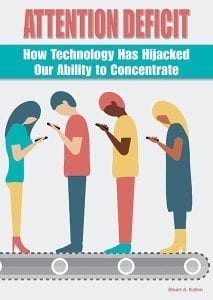 Adamo, Meredith. Not Like Other Girls. Bloomsbury, 2024. 978-1-547-61428-8. 448 p. $19.99. Grades 10-12.
Adamo, Meredith. Not Like Other Girls. Bloomsbury, 2024. 978-1-547-61428-8. 448 p. $19.99. Grades 10-12.
When Jo’s ex best friend, Maddie, asks for her help she is shocked, but curious. When Maddie goes missing right after their conversation, Jo can’t help but feel there’s something bigger going on. Maddie’s friends and boyfriend say she ran away, but Jo and Hudson want to know the truth. Jo has been estranged from this friend group after nude photos of her are leaked and she’s not sure she wants to work her way back into the crowd, but Maddie’s disappearance is just too hard to dismiss. Hudson proposes that he and Jo start fake dating to give Jo access to her old friends. The relationship allows them to spend more time together and to hunt for clues and dig deeper into Maddie’s disappearance. As time passes and Jo has to face all the hurt and truths she experienced at the hands of her old friends, she’s faced with tough choices about herself and not just Maddie.
THOUGHTS: This book draws on experiences of so many teens, especially those that have suffered at the hands of a cell phone. Students will be drawn to Jo because of the difficulties she’s had, but feel stronger and grow with her on her journey to find herself again. With the awareness around cell phones and social media, this book will resonate in high schools.
Mystery



